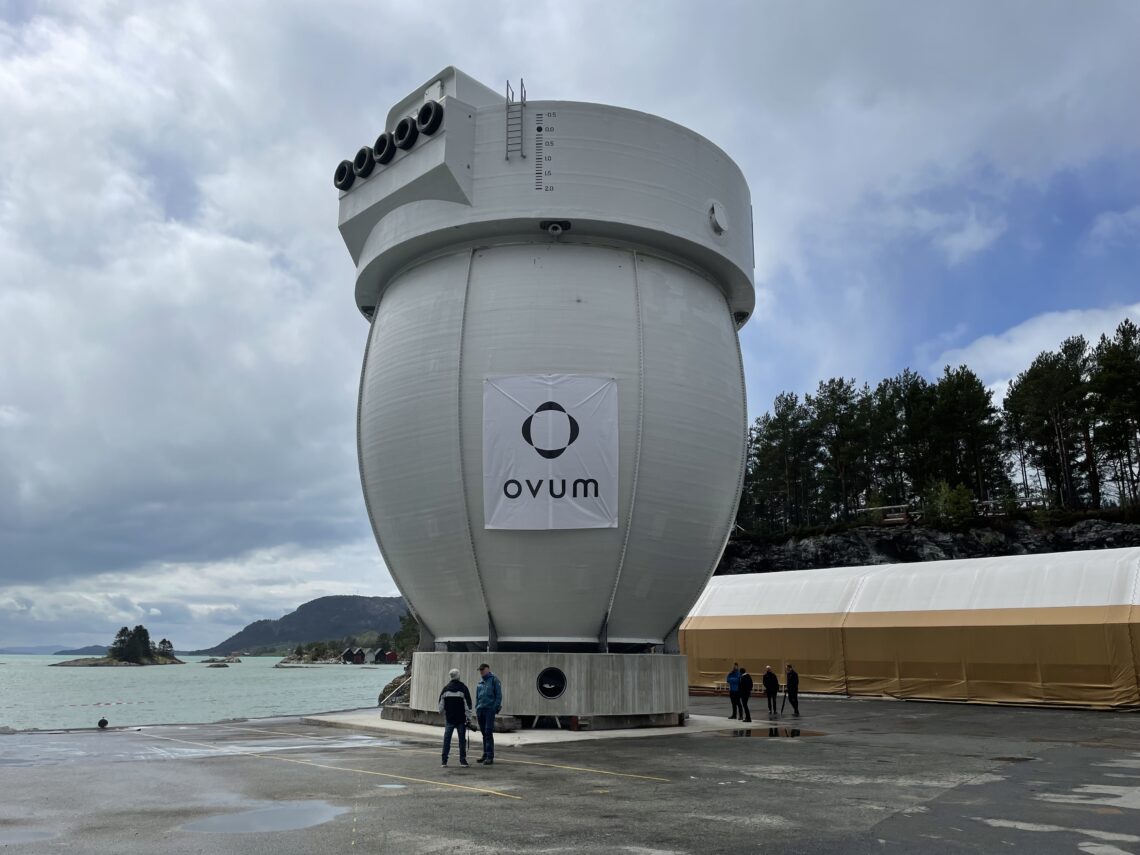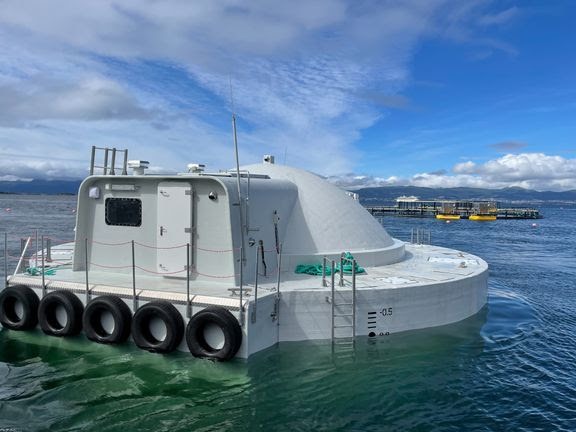Fish farmer Hofseth has bought half of the shares in the company that owns the development permits associated with the Egg cage concept.
Hofseth will in future hold a majority share in the company, and looks forward to investing in the closed and environmentally friendly concept, in collaboration with technology developer Ovum, formerly known as Hauge Aqua Solutions.
A prototype of the cage structure of 2,000 cubic meters will soon be put into production in Romsdalsfjorden, Norway. Through the acquisition, Hofseth has committed to producing five full-scale eggs with a volume of 20,000 cubic metres. Managing director, Roger Hofseth says that the acquisition is a major investment in environmentally friendly conversion.
“We at Hofseth will play a leading role in the development and commercialization of closed farming technology. We are convinced that closed facilities are the future, both because we eliminate lice, escape and emissions, but also because we are freer in terms of location and get better control over the biological processes,” Hofseth said in a press release.
Launched
The technology behind the Egg has been developed by the company Ovum. Founder Cato Lyngøy says that good fish welfare and better utilization of the input factors are the main goals for the facility.
“Now the Egg has been launched, and soon we will be ready to release fish into the facility. The whole idea behind the EGG is that the salmon should have a good life. Now the salmon themselves will have to evaluate whether we have succeeded. The strategic collaboration with Hofseth is of crucial importance to carrying out the development project,” he said.
The Egg was awarded six development permits in 2018 with Mowi as industrial partner. Akvakulturpartner recently bought these from Mowi. It is these permits that Hofseth has now acquired, and five eggs will eventually be put into production co-located with Hofseth’s facility in Storfjorden. The acquisition and development of the facilities has a total investment framework of approximately NOK 1 billion (€100.7 million).

“The government is working hard to put good incentives in place to commercialize closed facilities. We don’t have time for that. That is why we took advantage of the opportunity to buy into one of the most exciting and innovative projects in Norwegian aquaculture,” Hofseth said.
Lice problems
Each ready-made egg has a cost of well over NOK 100 million (€10.1 million). For comparison, an open facility with the same volume costs approximately NOK 3 million (€302,000).
“Today’s system motivates continued investment in open cages, despite the fact that open cages, among other things, create lice problems. This market failure means that investments end up in yesterday’s technology. Hofseth now goes in the opposite direction. Closed technology is sustainable, and the future of Norwegian aquaculture. Now the industry needs government incentives that stimulate conversion from open to closed technology, because the closed one is much more expensive,” Hofseth said.
The investments will also benefit the local communities in Møre and Romsdal, both through increased fishing welfare for wild salmon and increased employment.
“Our strategy is to invest sustainably locally and export globally. Now we will take the next stage together with Ovum and other partners to further develop the most exciting project in Norwegian aquaculture,” Hofseth concluded.









